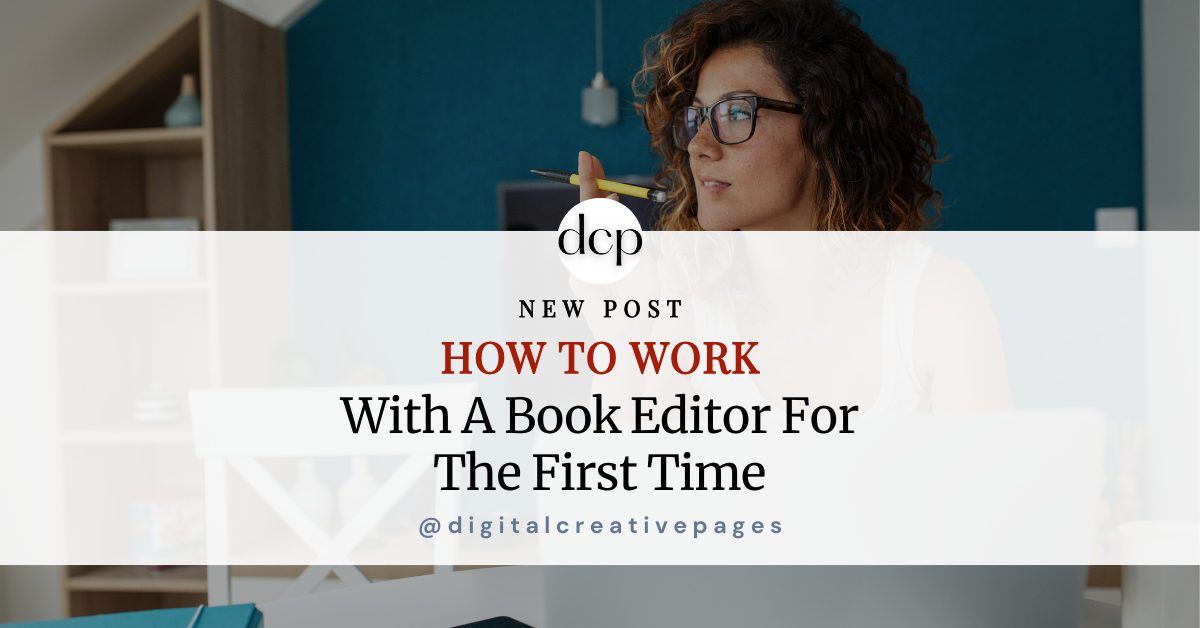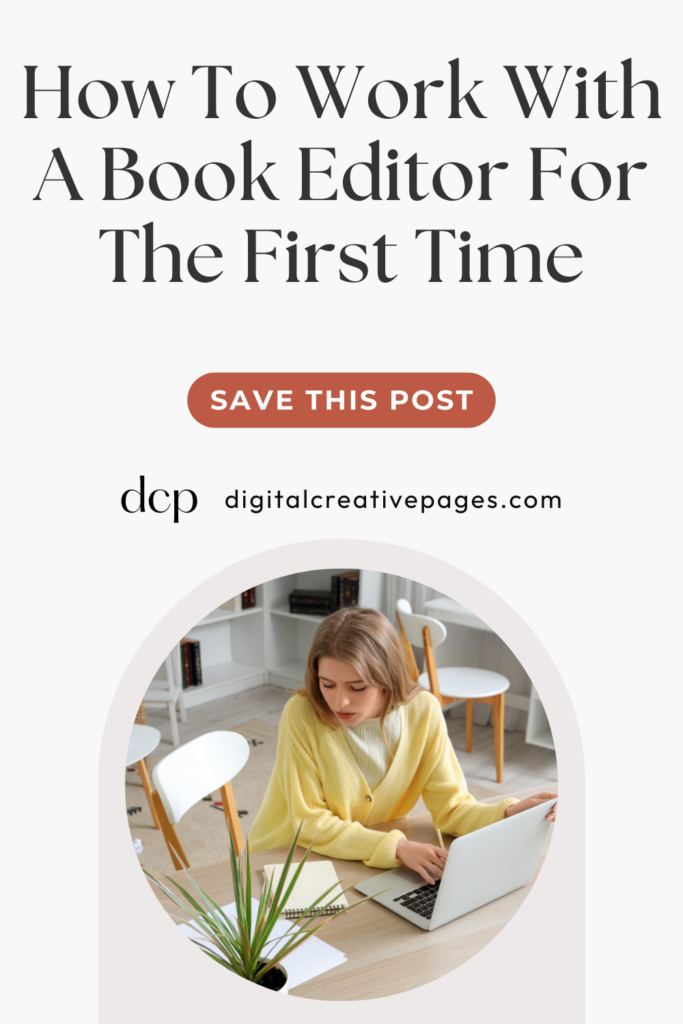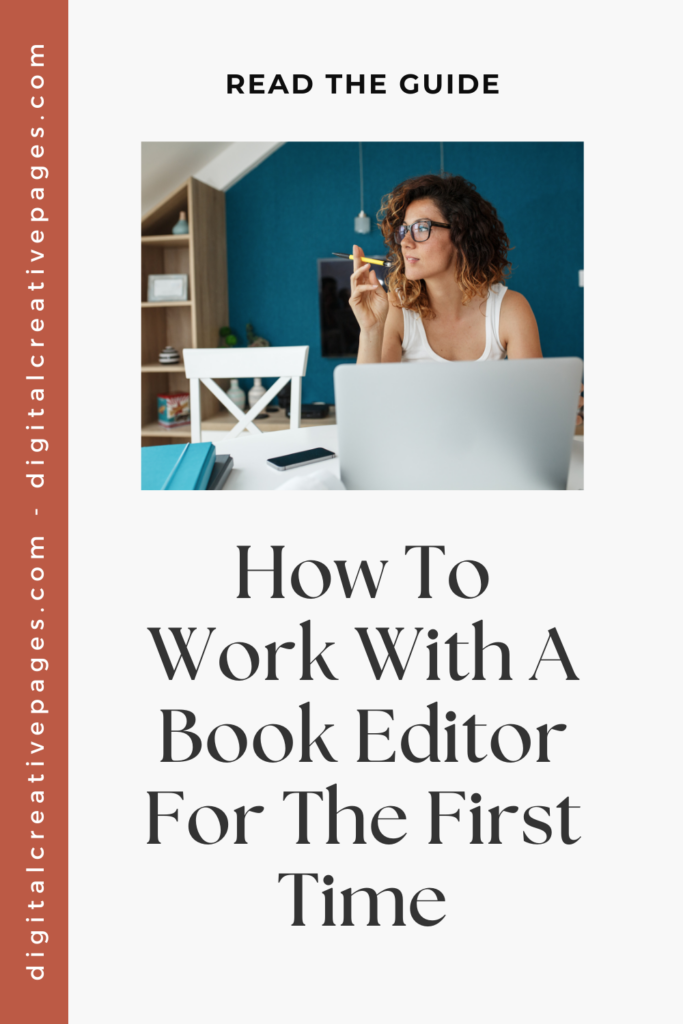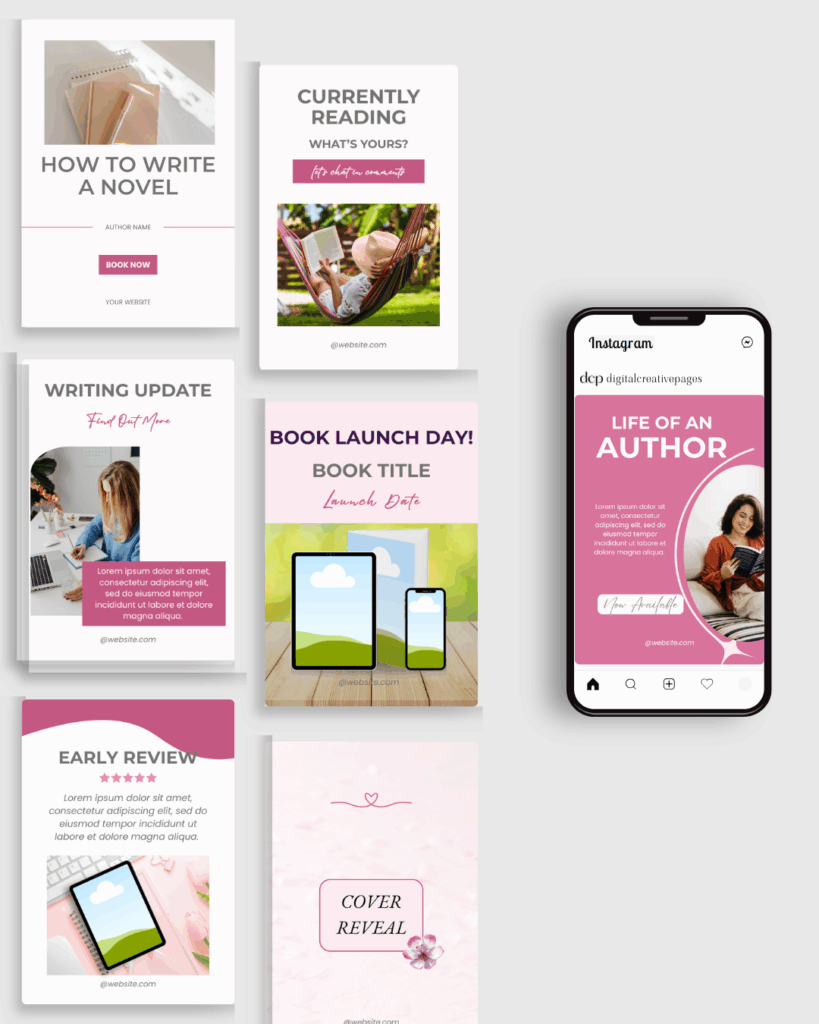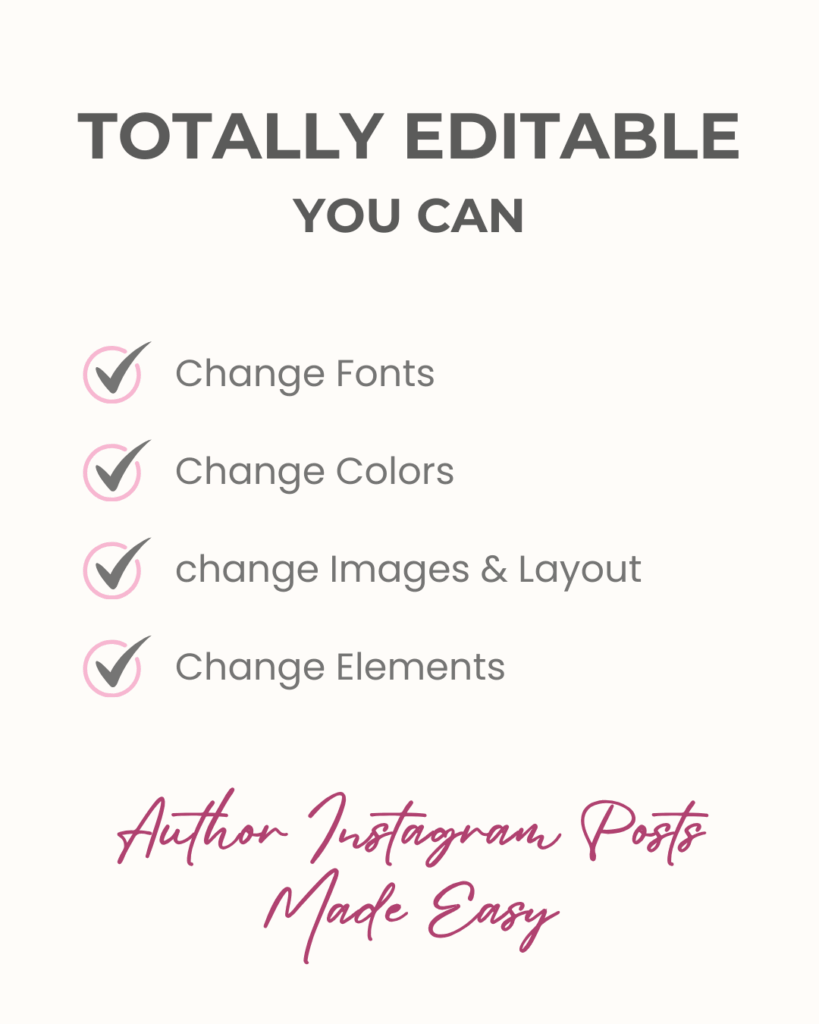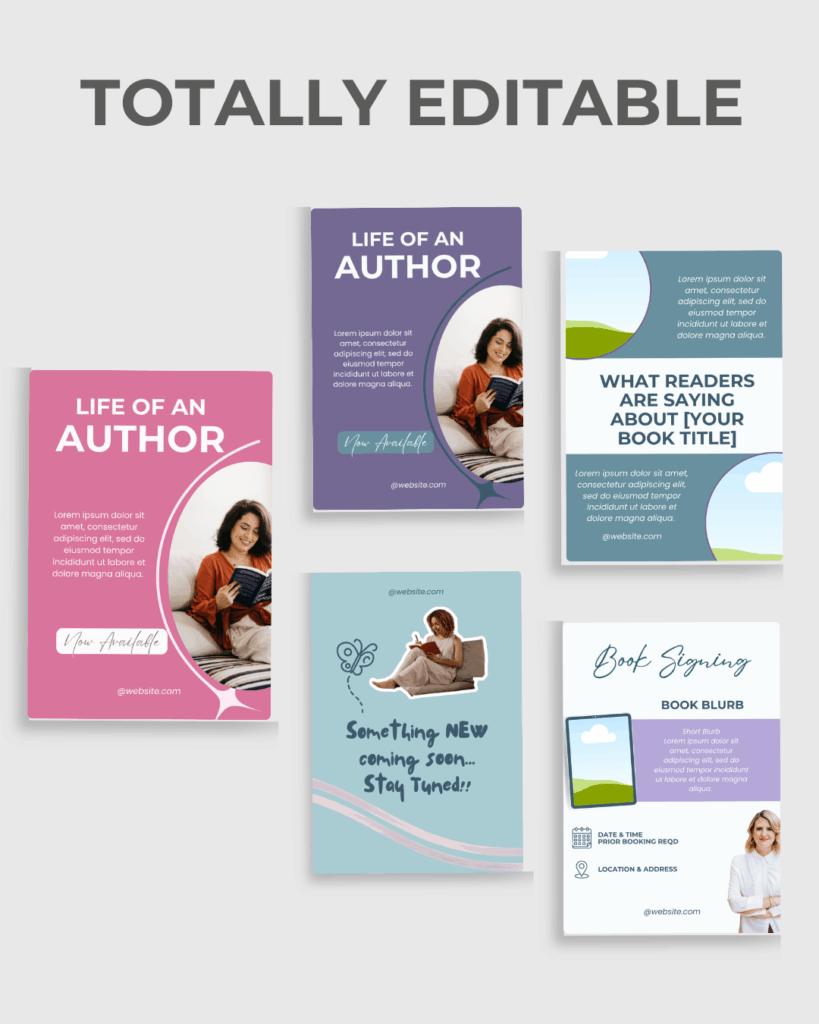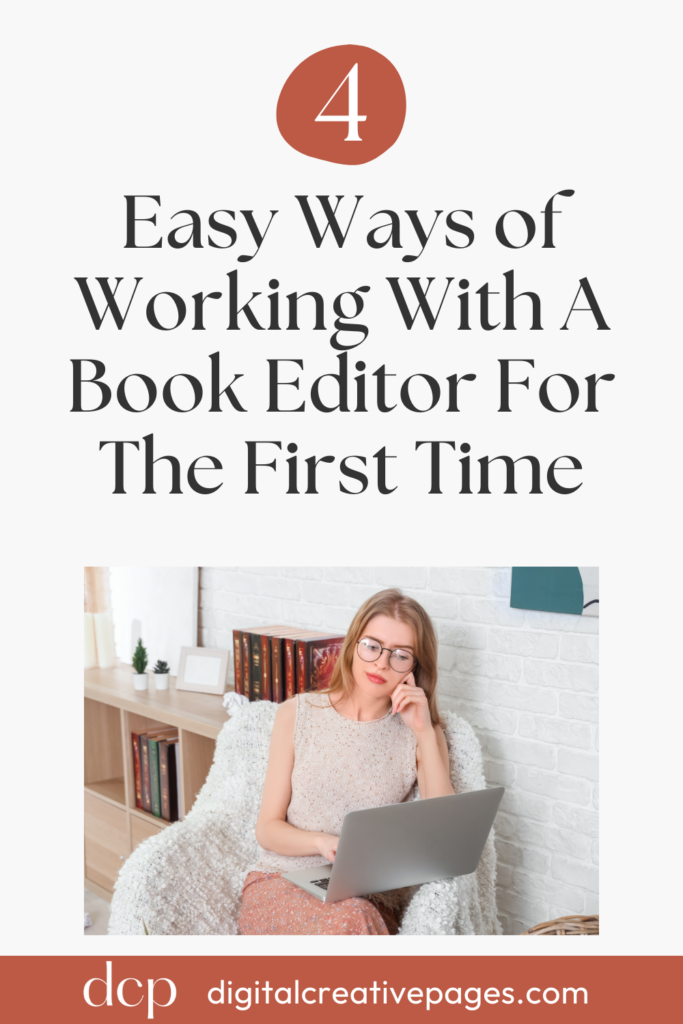A First-Time Author’s Guide to Working With an Editor
What to expect, how to prepare, and how to protect your voice in the process
Hey there. I have been asked this question many times. How to make work with a book editor as a newbie. If you’re a first-time author, chances are you’ve heard a lot about editing—and maybe none of it has made you feel confident.
- One writer tells you developmental editing changed their book.
- Another says a copy editor “butchered” their voice.
- Then someone swears all you need is Grammarly. (Spoiler: You don’t.)
The truth is: Editing isn’t about fixing your book. It’s about refining your story so that it lands the way you intended—with the readers who need it most.
As someone who’s worked with dozens of authors through beta reading, line editing, and developmental feedback, I’m writing this to help you make sense of what editing really involves—and how to approach it without losing your voice, your confidence, or your budget.
Let’s walk through this together.
Pin this for later
Why Editing Isn’t Just the Final Step—It’s a Partnership
Many first-time authors think they should wait to bring in an editor until their book is “perfect.” But the best time to involve an editor? Before perfection is the goal.
A good editor isn’t there to tear your work apart or rewrite your voice. They’re there to:
- Help you see what’s working—and what’s not
- Ask the right questions so your characters ring true
- Flag inconsistencies and pacing issues before your readers do
- Strengthen your sentence structure without flattening your tone
If you’re still writing or in the early stages of editing, now is a perfect time to start looking at what kind of support you might need.
Want easy, practical content tips to grow your business? Join my weekly email list for Canva tricks, new social media updates, and simple strategies that actually work.
Understanding the Types of Editing (And What You Might Need)
Not all editing is the same. Here’s a breakdown to help you decide what stage you’re in—and what kind of help to look for:
1. Beta Reading
- What it is: A reader’s-eye view of your manuscript. Feedback is focused on the story experience—pacing, character development, confusion points, and emotional resonance.
- Best for: Early-stage manuscripts or authors seeking clarity before investing in editing.
- Why it matters: A beta reader helps you see your story from a reader’s perspective. This is where I often start with clients to give them an honest view of what’s landing—and what’s not.
2. Developmental Editing
- What it is: Big-picture editing that focuses on structure, plot arcs, pacing, character development, and thematic clarity.
- Best for: Manuscripts that are complete but feel messy, flat, or disjointed.
- Why it matters: You might know what you want the story to say—but you need help making sure that’s what’s actually on the page.
3. Line Editing
- What it is: Sentence-level feedback to refine tone, rhythm, clarity, and flow.
- Best for: Later stages, once the structure is solid but the prose needs tightening.
- Why it matters: This is where your voice shines—and a skilled editor will polish without diluting it.
4. Copy Editing + Proofreading
- What it is: Grammar, punctuation, spelling, and formatting.
- Best for: Final pass before publishing.
- Why it matters: You want your book to look professional—and avoid distracting errors.
How to Know What Support You Need
Feeling unsure about what kind of editing you need is completely normal. Here’s a simple way to figure out where you are and what step to take next. You don’t have to guess.
Ask yourself:
- Have I received story-level feedback yet? (If not: consider beta reading)
- Does the plot feel clear but the pacing feels off? (Try developmental editing)
- Am I proud of the story but feel like it reads clunky? (Line editing is next)
- Is everything else done and I’m just fixing typos? (Time to copyedit)
Pin this for later
What the Editing Process Looks Like (Step-by-Step)
Feeling lost on where to begin or what to expect? Let’s demystify the process step-by-step.
Because clarity is the first step to feeling confident.
Here’s how I work with most first-time authors:
1. You send me the book for Beta Reading.
This helps me get a sense of your story, writing voice, and where the manuscript stands. I don’t believe in a one-size-fits-all approach—your book deserves a custom path.
2. I recommend the best editing route.
Based on your goals and the stage of your manuscript, I suggest whether you’re ready for developmental editing or if we need to pause and strengthen story foundations.
3. We build a timeline that works around your schedule.
Editing should never feel rushed. I leave space for your questions, reflection time, and any rewrites you want to work through without pressure.
4. My Beta Edit Process begins.
This includes 4 thoughtful rounds of feedback:
- Two rounds of developmental editing to strengthen structure, plot, character arcs, and pacing
- One round of line editing for sentence clarity, tone consistency, and flow
- One final proofreading pass for polish and precision
5. Optional: Follow-up notes or consult.
If you’re unsure how to implement feedback, I offer that too—because support shouldn’t stop with the final doc.
Throughout this process, my goal is never to rewrite your voice, but to help it shine more clearly for your future readers.
How to Work With an Editor Without Losing Your Voice
You’re not alone if you’re scared of losing your unique sound in edits. This is one of the biggest fears I hear from new authors. But here’s the truth: the right editor helps you sound more like you, not less. A good editor doesn’t change your voice. They help you hear it more clearly.
Ways I protect your voice:
- I make suggestions, not mandates.
- I explain why a sentence might not be landing—and how you can rewrite it (your way).
- I keep your tone, genre, and goals in mind always.
- If your voice is lyrical, it stays lyrical. If it’s punchy, it stays punchy.
This process is about strengthening your style—not replacing it.
How to Choose the Right Editor for You
Choosing an editor is like choosing a creative partner. It’s not just about skills—it’s about trust, tone, and connection. Not all editors are the right fit.
Here’s how to tell:
- Check their samples. Do you like how they give feedback?
- Read their testimonials. Do other authors say they felt supported?
- Talk to them. You don’t need to be best friends, but you should feel heard.
- Clarify expectations. Do they offer what you need at the stage you’re in?
If you’re unsure, start small. Many editors offer sample edits or beta reads to help you test the waters.
What You Can Do Right Now (Even If You’re Not Ready Yet)
Even if editing feels far away, there’s plenty you can do today.
These small actions now will make your future editing journey so much smoother:
- Start collecting feedback from early readers
- Keep a “confusion list” of anything your readers mention more than once
- Read aloud—it’ll reveal clunky lines fast
- Save snippets of edits that feel like you—this will help you communicate what you want
Wrapping It Up
You’re not supposed to know how all this works. If you’re writing a book and staring at that next step with a knot in your stomach, breathe. You’re allowed to be new at this.
Editing isn’t about perfection. It’s about intention, clarity, and growth.
You don’t need to have it all figured out. You just need the right support at the right time.
Want Support From Someone Who’s Been There?
I offer kind, clear, and actionable beta reading + editing services for authors at all stages. You deserve editing support that that strengthens your voice and helps your story shine through.
Struggling to keep your author platform active while juggling writing deadlines?
My Author Book Engagement Template Pack includes 112 ready-to-use Canva designs for Instagram and Pinterest. Perfect for cover reveals, book launches, reader engagement, and everything in between. No more staring at blank Canva pages wondering what to post! These templates work for any genre and require no Canva Pro account. Simply download, customize with your book details and brand colors, and post.
For less than the cost of 2 lattes, get your template pack here, and never run out of engaging content ideas again
MY TOP POSTS
My introducer post – check out why I chose Showit as my website builder here
Use my code DCP to get one 1.5 months free on Showit
Get all the resources for your social media and digital marketing without breaking the bank from my DCP Shop here
Pin this for later
